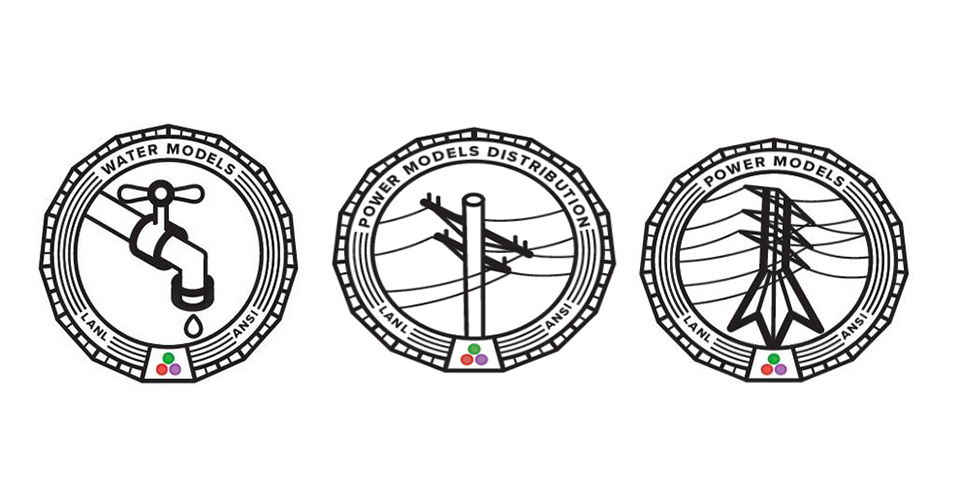
Project purpose
Grounded on a fundamental understanding that power and water systems are intrinsically interdependent at multiple spatiotemporal scales, we contend that coordinated operation and planning can significantly increase resiliency and security of such critical infrastructures, while concurrently providing benefits in terms of operational reliability and efficiency.
In our project, water systems (through e.g., pumps, wastewater systems, and small hydro plants) can systematically partake into grid services to aid the net-load curve management (e.g., smoothing the so-called "Duck Curve"), enhance reliability by offering a means to alleviate the variability of distributed renewable-based generation; and, provide frequency regulation, regulating reserves, or even contingency reserves. Also, the coordinated planning and operation of water and power systems can provide water systems with an increased flexibility to meet stringent water-quality standards and improve resilience to extreme event conditions.
Technical approach
Task 1: Advanced mathematical modeling The project will derive and validate new mathematical models that capture interdependencies between power and water networks at multiple spatial and temporal scales; the objective is to uncover fundamental tradeoffs between model accuracy and resultant complexity of optimization tasks accommodating water-power coupling constraints. A component of the interdependence is the level of information exchange between electric power and water systems. Typically, these systems are operated by two different entities, which may be in various levels competition during normal operations. We will explore a range of settings including: full co-optimization of the joint systems, water system demand response participation, and a limited exchange of information, e.g. day-ahead energy schedules.
Task 2: Computationally-efficient water-power optimization The project will formulate full joint co-optimization and limited-information-exchange coordination problems for power and water systems, encapsulating pertinent resiliency-and efficiency-oriented objectives as well as mathematical representations of system physics (from T1) and engineering constraints. The optimization tasks are expected to involve mixed-integer nonlinear noncomplex problems which, unfortunately, are computationally prohibitive to solve to global optimality even for small systems. Nonconvexity stems from the underlying physics governing water and power, as well as models describing the systems couplings. We will investigate convex relaxation and approximation theory to develop innovative computationally-affordable algorithms for optimization of large-scale water and power systems that will increase resiliency and security of these critical infrastructures.
Task 3: Stochastic optimization for increased resilience and disaster recovery Drawing comparisons from contingency-constrained stochastic optimization of power transmission systems, we will formalize new stochastic optimization problems for a coordinated operations-based planning of water and power systems to increase resiliency to contingencies and facilitate an effective disaster restoration and recovery. The project will produce new classes of chance-constrained and robust optimization problems, and will develop innovative low-complexity solution methodologies that enable coordinated network upgrades and improvements that enhance the resiliency of the joint critical infrastructure under extreme scenarios.
Lagrangian-based approaches will be leveraged to derive distributed optimization procedures to solve optimization problems formulated in tasks 2 and 3. This allows power and water operators to synergistically coordinate to increase resiliency and security while retaining controllability of their own assets.
Summary of executed and planned results
The focus of the first year is on Task 1 i.e., the development of advanced mathematical approaches for modeling water systems combined with electric power systems.